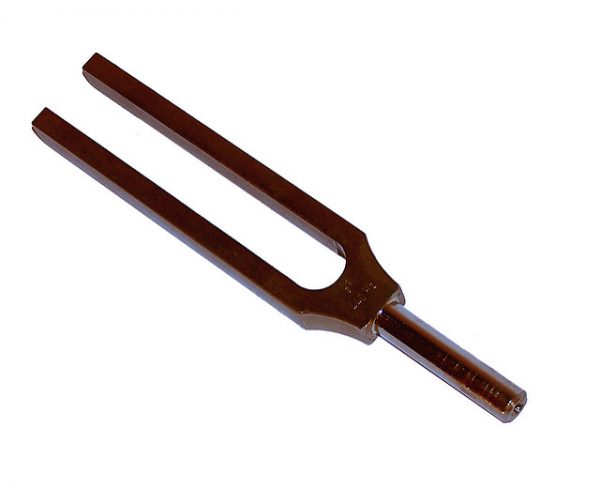Finishing Up the NYT’s 7-Day Financial Tuneup

Photo credit: Ed, CC BY 2.0.
I know that some of you signed up for the NYT’s 7-Day Financial Tuneup a day or two after I did, so you might not yet have received all seven emails. Here’s your spoiler warning.
Day 4 is all about retirement, and the NYT states that these tasks are the most important of the whole tuneup. Here’s what we’re supposed to do:
- Set up an automatic system that increases our retirement contributions by 1 percent each year.
- Regularly rebalance our accounts so our risk drops as we get older, or keep it simple by putting our investments in a target-date fund.
I’m currently covering both bases by investing my Roth and Traditional IRA money in the same target-date fund and putting the money I rolled over from my 403(b) into Vanguard Admiral Shares, currently balanced at 45 percent domestic stocks, 27.5 percent international stocks, and 27.5 percent bonds. I plan to slowly adjust this balance as I get older, moving money from stocks into bonds. I also plan to put more money into my Roth and Traditional IRAs, favoring whichever one is more tax-advantaged at the time of contribution, and let the target-date fund sort everything out for me.
It’ll be interesting to see which accounts yield the higher return, over time. Target-date funds are relatively new, after all — they first became a thing in the early 1990s — and we’re still learning what happens as they get closer to their actual target dates.
I am not currently planning to increase my retirement contributions by 1 percent each year; in 2018 I want to put the maximum investment in my Traditional IRA and my HSA ($5,500 and $3,450, respectively) which will probably be around 15 percent of my pretax income. Technically, I’m right on target for what I should be saving. I still worry that I’m not saving enough.
Day 5? Credit scores and credit reports! A week ago I predicted what this module would include — “Check your credit reports! Dispute the errors! Then freeze them!” — and that is exactly what the NYT recommends, plus a few tips on how to improve your credit score. (Pay off your cards and be aware of your credit-to-debt ratio; you want to have a lot of available credit and use only a small percentage of it.)
Day 6 is about setting up a HSA. It’s interesting that the NYT includes the HSA, because they’re assuming most of their readers have access to one. Is that just how healthcare works now, whether you get your insurance from your employer or from the ACA? If I had a HSA-eligible plan prior to 2018, I had no idea; I only learned what a HSA was when I went through Open Enrollment this year. How many of you have HSA-eligible plans, and how long have you had them?
Day 7 is technically labeled “Insurance” but it’s really about property insurance. If you have property insurance (i.e. homeowners or renters insurance), you need to create a home inventory, with photo and video, of every item in your home. Then you need to write down what it is and how much it’s worth — not how much it originally cost you — so you can give that information to your insurer when you file a claim.
This takes a huge amount of time, as I discovered when I tallied up and photographed everything I took to the Goodwill before moving to Cedar Rapids. (I’m hoping I’ll get some kind of tax deduction for what turned out to be $719 worth of stuff.) I am not inclined to make a home inventory, in part because I’ve already cataloged how much everything I bought for my new apartment cost me and I’ve taken several “apartment selfies.” Will Billfold and Instagram posts count as proof, should I ever need to file a claim?
Once you have your home inventory, you need to call up your insurers (and their competitors) and ask for a better rate. I wasn’t super-excited about this advice when the NYT applied it to utility companies, but several of you commented that you successfully lowered your bills by calling your utility/internet/smartphone providers, so… it does work!
This brings us to the end of the NYT 7-Day Financial Tuneup, and I still think that the best advice came on Day 1: think about what you value and where you want your money to go. I’m still thinking about that advice, and refining it as I continue to make purchases and plan my spending for the next few months.
How about you?
Support The Billfold
The Billfold continues to exist thanks to support from our readers. Help us continue to do our work by making a monthly pledge on Patreon or a one-time-only contribution through PayPal.
Comments